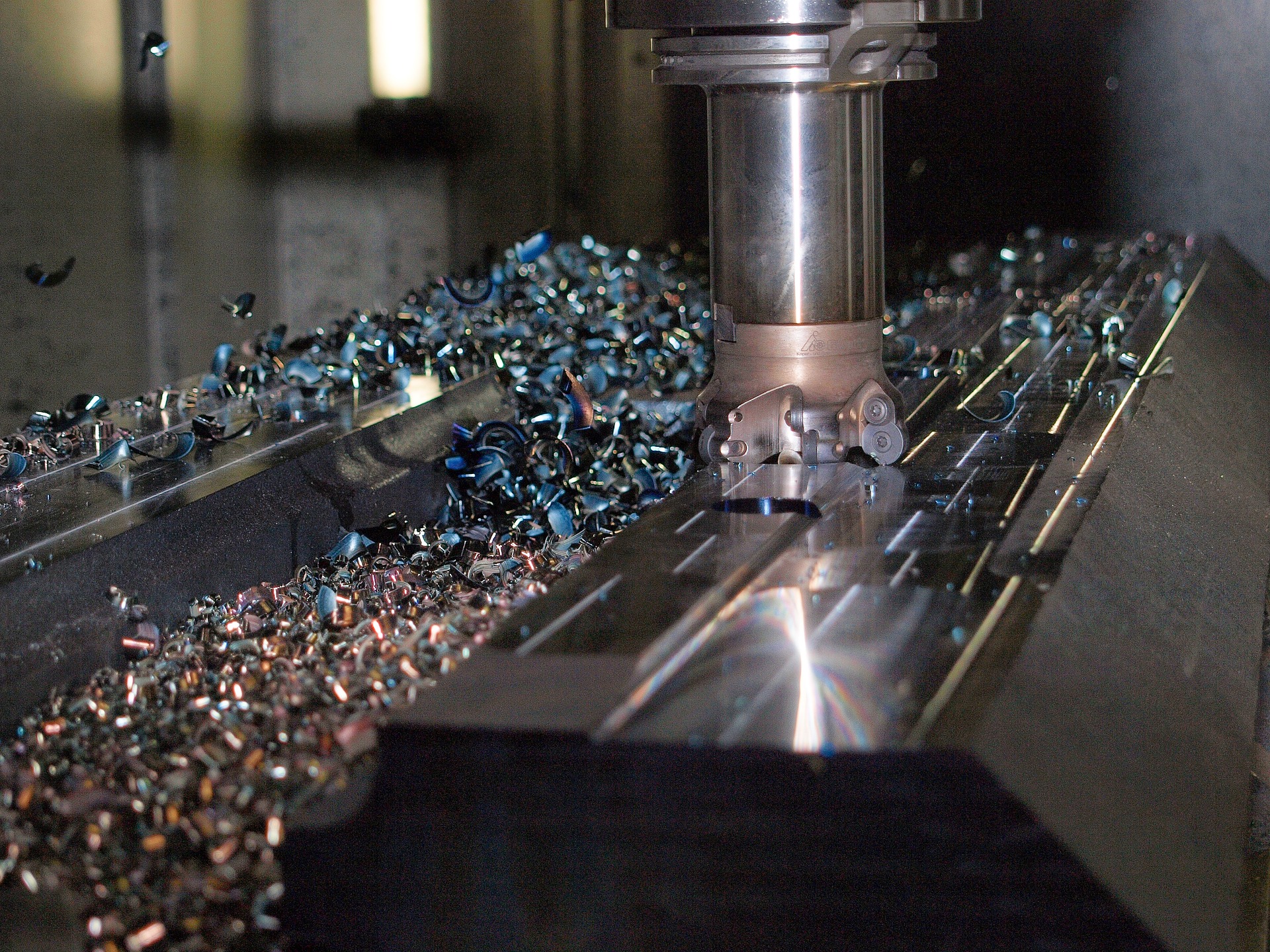
CNC (Computer Numerical Control) machining has revolutionized the manufacturing industry by enabling precise and efficient production of complex parts. However, despite its numerous advantages, CNC machining is not without limitations. This article explores the design constraints and technical challenges associated with CNC machining parts, shedding light on the factors that engineers and designers must consider to optimize the manufacturing process.

I. Design Constraints in CNC Machining Parts:
Geometric Complexity: CNC machines are capable of machining intricate shapes, but there are limitations to the complexity of the designs that can be achieved. Features with sharp corners, deep cavities, or narrow channels pose challenges due to tool accessibility and interference issues. Designers must carefully consider the design's manufacturability and ensure that the geometry is within the machine's capabilities.
Material Selection: Different materials have varying machinability characteristics. Harder materials like titanium or hardened steel require specialized tools and machining techniques. Material properties, such as brittleness or heat sensitivity, must be considered to ensure successful CNC machining. The choice of material impacts tool selection, cutting parameters, and overall machining strategy.
Wall Thickness and Feature Size: Thin walls or delicate features may be prone to distortion or breakage during machining. Designers must consider appropriate wall thicknesses and feature sizes to maintain structural integrity and avoid manufacturing issues. Balancing the desired part performance with the machining limitations is crucial for achieving successful outcomes.
Undercuts and Overhangs: Features that have undercuts or significant overhangs require special attention during CNC machining. These features may necessitate the use of additional support structures or alternate machining approaches, such as 5-axis machining or EDM (Electrical Discharge Machining), to ensure accurate and smooth production. Designers must carefully analyze the part geometry and make provisions for proper tool access and support structures, if needed.
II. Technical Challenges in CNC Machining Parts:
Tool Selection and Machining Parameters: Choosing the right cutting tools, such as end mills or drills, and determining optimal machining parameters, such as cutting speed, feed rate, and depth of cut, are critical to achieving desired results. Improper tool selection or parameter settings can lead to poor surface finish, excessive tool wear, or even part failure. Designers must collaborate closely with CNC programmers and machinists to identify the most suitable tools and parameters for the specific part and material being machined.
Machining Tolerances: CNC machining is capable of achieving tight tolerances, but precision comes with challenges. Factors like machine capability, thermal expansion, and tool deflection can affect dimensional accuracy. Designers must consider realistic tolerances and incorporate appropriate allowances into their designs. Communication with the machining team is essential to align design intent with achievable tolerances.
Surface Finish and Texture: Achieving the desired surface finish is crucial for CNC machined parts, especially in applications where aesthetics or functional requirements are critical. Factors such as toolpath strategies, tool quality, cutting fluids, and material characteristics influence surface roughness and texture, requiring careful consideration during the design phase. Designers should work closely with the manufacturing team to ensure that the desired surface finish is achievable within the given constraints.
Machining Time and Cost: CNC machining is a time-consuming process, and the cost is influenced by factors such as material waste, tool life, and machine setup time. Designers must strike a balance between part complexity and manufacturability to optimize machining time and cost-effectiveness. By simplifying designs where possible, optimizing toolpaths, and considering efficient material utilization, designers can help reduce machining time and costs without compromising part functionality.
Conclusion:
CNC machining offers immense potential for producing complex and precise parts, but designers and engineers must be aware of the design constraints and technical challenges associated with the process. By understanding these limitations, they can make informed decisions during the design phase, resulting in efficient manufacturing processes, improved product quality, and cost-effective production. With continuous advancements in CNC machining technologies, addressing these challenges will lead to further enhancements in manufacturing capabilities and broader applications of this versatile process.
Design constraints in CNC machining parts encompass factors such as geometric complexity, material selection, wall thickness, and feature size, as well as the presence of undercuts and overhangs. Engineers and designers must consider these constraints during the design phase to ensure the manufacturability and functionality of the parts.
Furthermore, technical challenges in CNC machining parts include tool selection and machining parameters, machining tolerances, surface finish and texture, and machining time and cost. Careful consideration of these challenges will help achieve desired results, such as dimensional accuracy, surface quality, and cost-efficiency.
Collaboration between designers, CNC programmers, and machinists is essential to overcome these challenges. Effective communication and a thorough understanding of the machining process enable the optimization of designs and manufacturing strategies, leading to successful CNC machining operations.
As CNC machining technology continues to advance, addressing design constraints and technical challenges will become even more crucial. By staying informed about the latest developments, designers and engineers can leverage new techniques, materials, and tools to push the boundaries of CNC machining and unlock its full potential.
In conclusion, by taking into account the design constraints and technical challenges associated with CNC machining parts, professionals can optimize their designs, improve manufacturing processes, and achieve high-quality, cost-effective production outcomes.